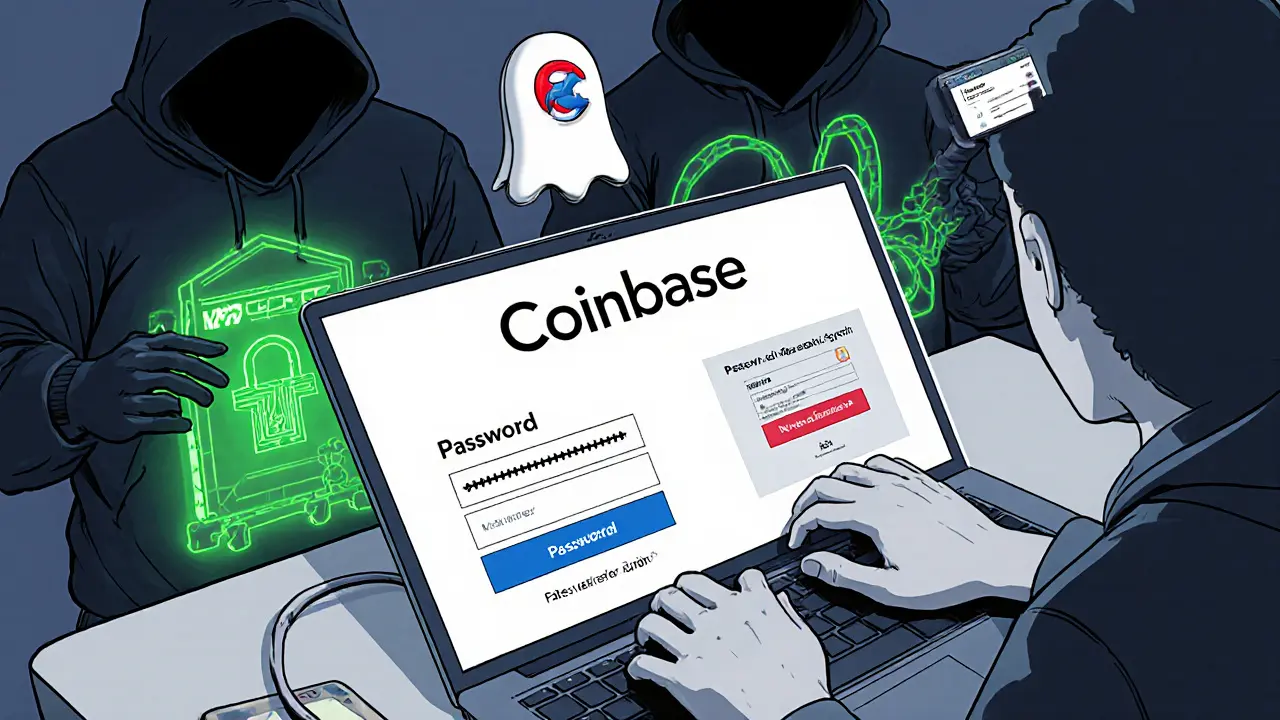2FA Bypass: How Hackers Break Two-Factor Authentication and How to Stay Safe
When you hear 2FA bypass, the act of circumventing two-factor authentication to gain unauthorized access to an account. Also known as two-factor authentication compromise, it's not a theoretical threat—it's how real people lose their crypto every day. Most people think turning on 2FA makes them safe. It doesn’t. Hackers don’t crack passwords—they trick the system, your phone, or you.
One of the most common SIM swapping, a technique where attackers convince your mobile carrier to transfer your phone number to a device they control lets them receive your SMS codes. No need to hack your email or wallet—just steal your phone number. Then there’s phishing attacks, fake login pages that trick you into entering your 2FA code right after your password. These aren’t fancy hacks. They’re simple, repeated, and terrifyingly effective. And they work because people trust their phones, their carriers, and their email notifications.
Look at the posts here. You’ll see stories about fake exchanges like Wavelength, abandoned platforms like AlphaX, and scams like the fake EVA airdrop. None of these would work without a broken 2FA chain. Users thought they were safe—until their wallet was drained. Even regulated exchanges like VirgoCX and COEXSTAR can’t protect you if you give your 2FA code to a fake support agent. The real danger isn’t the platform—it’s the human error that lets attackers slip through.
You don’t need a PhD in cybersecurity to stop this. Use an authenticator app like Authy or Google Authenticator instead of SMS. Never share your 2FA codes. Enable account recovery options that require physical keys or biometrics. And if a site asks you to "verify your identity" by entering your 2FA code—walk away. That’s not support. That’s a trap.
Below, you’ll find real cases of crypto scams, exchange failures, and airdrop fraud—all tied to one weak link: 2FA bypass. These aren’t hypotheticals. They’re lessons. Learn from them before you become the next headline.
